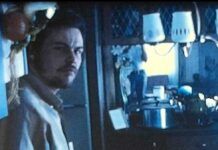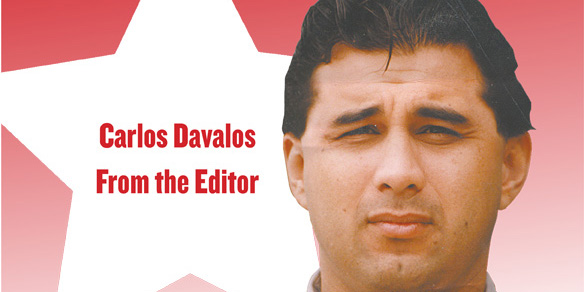For 20-plus years, the Chula Vista Nature Center, which sits on more than 300 acres of Sweetwater Marsh National Wildlife Refuge. has been a safe haven to the unique animals and plants of Southern California, The Center gives more than 15,000 students the chance to participate in annual field trips that focus on watershed protection, recycling, pollution and responsible outdoor recreation.
Formerly operated by the city of Chula Vista, the Nature Center transitioned in 2010 from a taxpayer-funded institution to an independent, 501(c)3 nonprofit organization.
The Center, which previously received $100,000 from the city for operations, now work with a budget cut by 80 percent. It relies on donations, memberships, and scientific and educational grants to offset costs of operations.
Board of directors Chairwoman Susan Fuller has been a docent for more than 20 years. At the city council’s budget meeting Aug. 17, Fuller stressed the importance of not cutting the nature center’s budget any further.
“We’re trying to present the gains that we’ve made in increasing attendance and membership,” she said. Fuller said although it will take several years for the center to get on more solid ground, they are getting by.
Fuller said the budget cuts have allowed them to be more resourceful.
“We’ve done some things more efficiently than before,” she said. “Volunteers have stepped forward remarkably.”
Despite the significant cut in funding, the center remains open seven days a week and only closes on Thanksgiving and Christmas. Fuller said new ideas have generated innovative ways to work with different departments and in the community.
“We are still doing outreach for big community events,” Fuller said. “It helps make the community more aware of the resources we have.”
Charles Gailband is the director of terrestial animals and marketing for the nature center and said that city of Chula Vista wanted to close the nature center as an effect of the budget cuts in 2008.
“But community members rallied in support of saving it and the existing board reformed,” Gailband said.
Gailband said the center is currently increasing the budget in advertising and staffing in the program development area in order to become more financially independent.
“We’ve established a budget considerably higher than we had when under the city in order to get information out about the center,” Fuller said.
“We know we will spend more money than we make over the next two years,” Gailband said. “As our paid programs like day camps and overnight stays become more popular and run at full capacity, we will get closer to being self sufficient.” He added that most municipal zoos/aquariums receive a large portion of operating budgets for five to 10 years while going through a transition like the Nature Center.
Fuller said that donors have given the center a new way to educate the community by providing portable animal exhibits or “touch” tanks, which they can bring with them to fundraising events.
“One of the things we will continue to emphasize is that the future growth of the city depends on what happens with the bayfront and its development,” Fuller said. “We are a major part of that development and we can be a significant part of tourism.”
According to Gailband, a recent economic development study determined that the nature center brings in more than $1 million annually. “We are an economic driver to the area for recreation,” he added.
The center put in a multi-million dollar grant application with the state of California to build an educational stage, seating and classrooms with animal holding areas. “We have ambitious ideas to increase our ability for more programs,” Gailband said. “This will allow is to have a live educational/entertaining show using live trained animals.”














